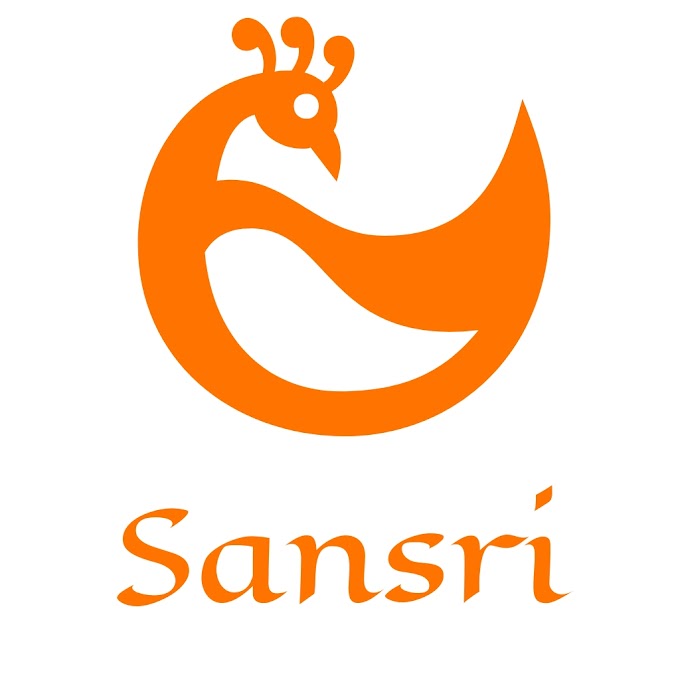Dear pharma friends,
however simple and prevalent be it, still tabletting technology is very critical too, a non- scientific Formulation or,not adhering to proper processing techniques of critical parameters is only going to make this simple dosage form production into a complicated and resultant of non standard product creation with low output and low yield,
so it is highly imperative that as a chemist basically we all should be well aware about various processing methods techniques,principles and technology of tablet manufacture.
Let us review now what we have studied as a student during our college days, about tabletting technology so that the same can be interpreted in our daily shop floor activity more beneficially.
So this review of knowing about various principles and techniques
Of tabletting would give us a tremendous understanding, picturisation and a comprehension of tablets making technology.
For readers convenience this article will be written and released as more than one part in succession.
I request all readers to follow me on this blog of Sika speak and share your experiences.
Tablet Manufacture by Wet Granulation Method
Granulation is a unit operation in which small powder particles are gathered together to form agglomerates called granules. To achieve cohesion between the powders, it is necessary to include adhesive substances called binders or granulating agents within the formulation. It is a common practice to make use of a granulation solution since it is more effective in comparison with the same quantum of the dry powder binder. Powder mixing, in conjunction with the cohesive properties of the binder, enables the formation of granules which when duly compressed using tablet press forms tablets with the desired properties.
Reasons for granulation
There are several reasons for converting powders or blends of powders into granules and they include:
To enhance the flow properties of powder mix.
To prevent segregation of powder components during tabletting or storage.
To reduce the incidence of dust production.
To reduce cross-contamination and hazard associated with the generation of toxic dust that may arise during manufacturing processes.
To improve the compression characteristics of drug substances.
To improve the appearance of the final product.
Granulation is a unit operation in which small powder particles are gathered together to form agglomerates called granules. To achieve cohesion between the powders, it is necessary to include adhesive substances called binders or granulating agents within the formulation. It is a common practice to make use of a granulation solution since it is more effective in comparison with the same quantum of the dry powder binder. Powder mixing, in conjunction with the cohesive properties of the binder, enables the formation of granules which when duly compressed using tablet press forms tablets with the desired properties.
Reasons for granulation
There are several reasons for converting powders or blends of powders into granules and they include:
To enhance the flow properties of powder mix.
To prevent segregation of powder components during tabletting or storage.
To reduce the incidence of dust production.
To reduce cross-contamination and hazard associated with the generation of toxic dust that may arise during manufacturing processes.
To improve the compression characteristics of drug substances.
To improve the appearance of the final product.
Ideal characteristics of granules
For a successful manufacture of tablets, the granules must possess the following characteristics:
All formulation ingredients should be uniformly distributed in the granules.
A good granulation should be as near spherical in shape as possible to ensure reproducible flow which in turn ensure constant tablet weight throughout the batch.
Granules of different sizes or density must not separate in the hopper as a result of machine vibration.
Granules should possess good disintegrating properties and lubrication to reduce die-wall friction.
The granules should have sufficient fines to fill empty spaces between coarse granules for better compression characteristics.
A tablet granulation should have sufficient physical strength to form strong tablets when compacted.
In my next article we can get to know about..
Manufacture of tablets by wet granulation method.
All formulation ingredients should be uniformly distributed in the granules.
A good granulation should be as near spherical in shape as possible to ensure reproducible flow which in turn ensure constant tablet weight throughout the batch.
Granules of different sizes or density must not separate in the hopper as a result of machine vibration.
Granules should possess good disintegrating properties and lubrication to reduce die-wall friction.
The granules should have sufficient fines to fill empty spaces between coarse granules for better compression characteristics.
A tablet granulation should have sufficient physical strength to form strong tablets when compacted.
In my next article we can get to know about..
Manufacture of tablets by wet granulation method.
Mechanisms of granule formation in wet granulation
Contd...
Srikanth santhanaraman








0 Comments